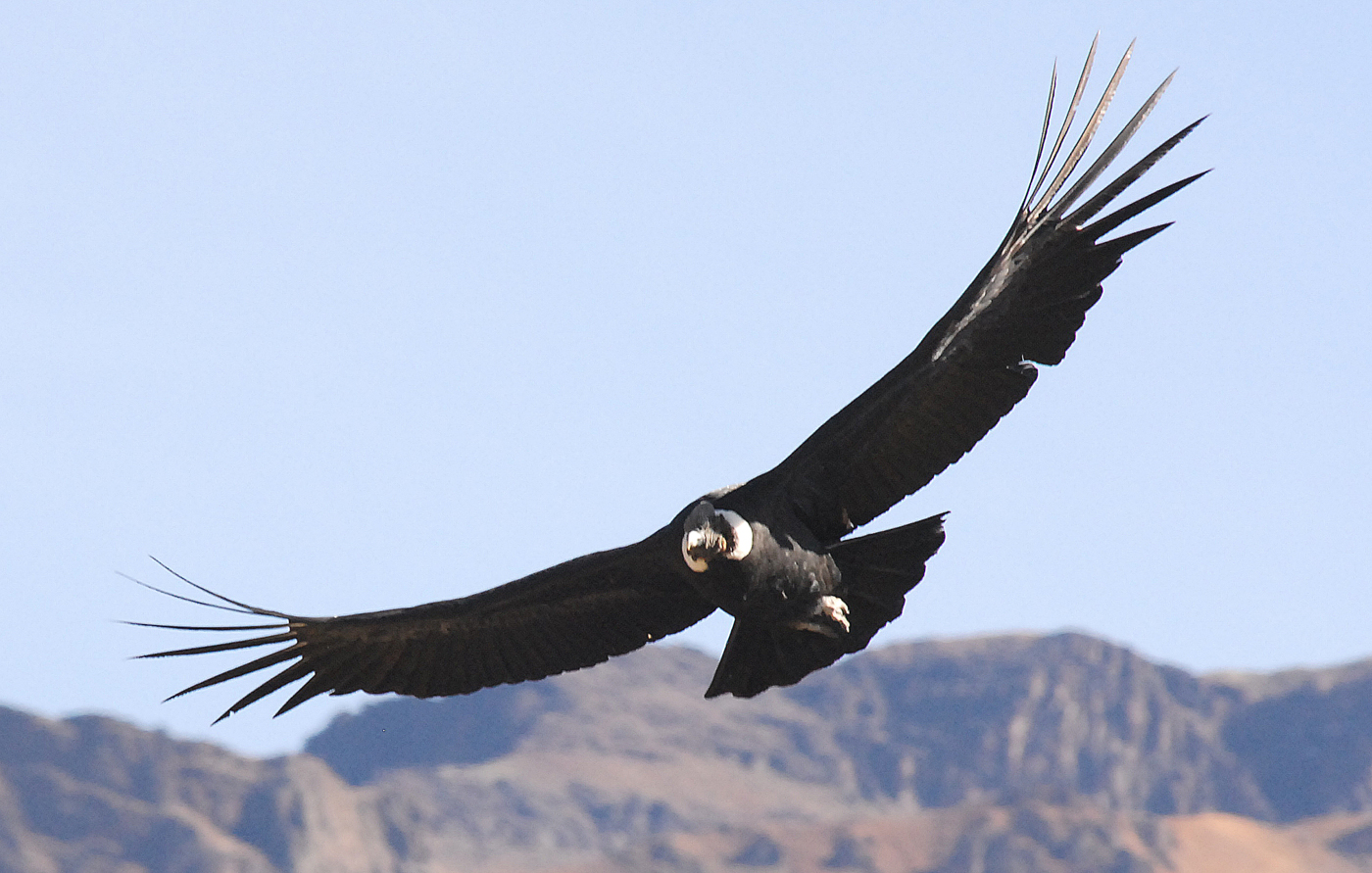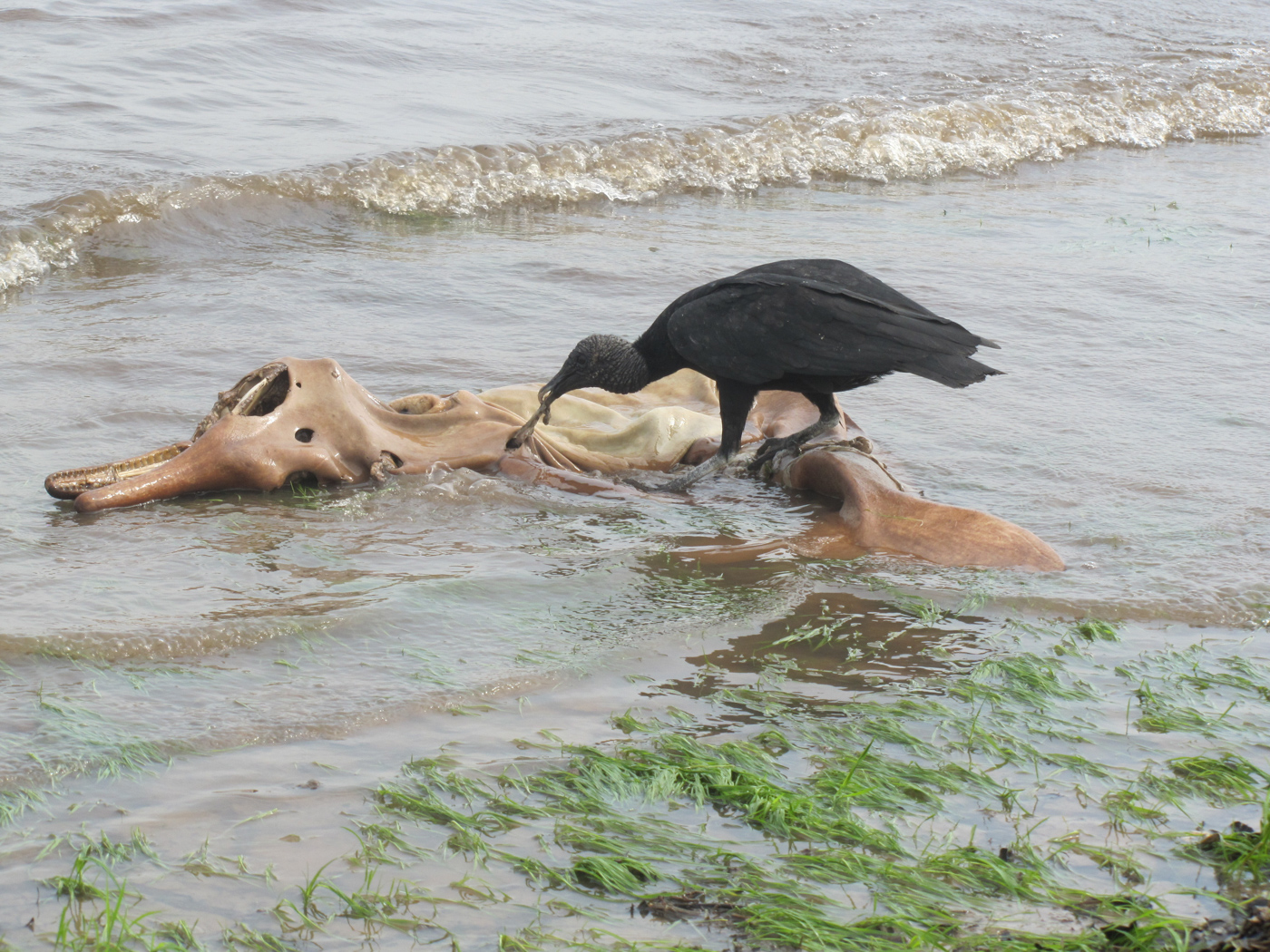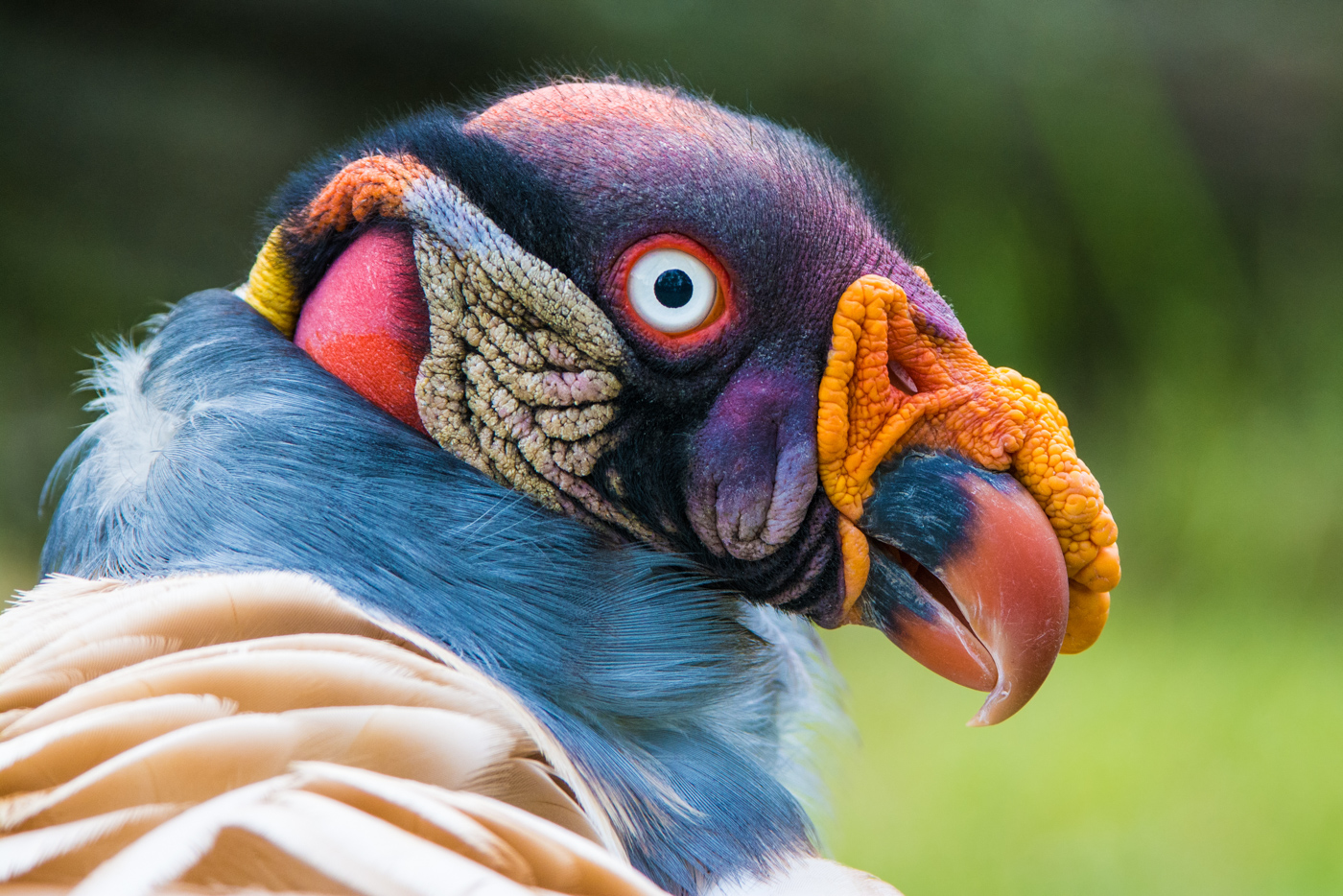Let’s hear it for the vultures

Vultures generally get a fairly bad press, unlike, say, the cuddly penguin, the chirpy parrot or even the noble eagle. Well, if your diet consists of gorging on the entrails of a truck-flattened fox, you wouldn’t expect to find yourself starring foremost in the next Pixar film.
So, with some trepidation , a few days ago I attended a talk on New World Vultures at the Oxford University Museum of Natural History. Vultures. Not toucans or macaws or quetzals, the favourites that would easily fill a 200-seat lecture theatre.
But the Andean condor is a vulture, and Journey Latin America’s first ever group trip, some 35 years ago, was called the Condor. So we sponsored the pre-talk refreshments, and I got invited. It turned out to be a fascinating lecture.

Until 30th July, the museum is displaying a series of paintings by Nigel Hughes featuring all seven species.
Not only is the Andean condor the best known of vultures, it is has the greatest wing span and is the largest of all flying birds. Its habitat ranges, as you might guess from the name, along the whole Cordillera de los Andes, from the topmost peaks to the coastal deserts, from Venezuela to Tierra del Fuego. Its huge wings allow it to glide apparently effortlessly, soaring on thermal air currents, and since all vultures have astonishingly good eyesight (Nigel’s words are “remarkable acuity of vision”) the smaller species can spot a dead rodent from a great height; condors can see rather larger dead prey from even greater heights.
The condor also shares with other vultures an important role as the natural world’s rotting waste disposal contractors. Thus, I guess, their reputation as being dirty or disgusting creatures. In fact, they turn out to be pretty fastidious about cleanliness, preening frequently their plumage, and bathing in clean water. Their heads and necks are bare skin: if meal-times consist of submerging your head inside a dead creature, feathers would not be your first choice of bonnet.
I was going to use the phrase inside a soup of putrefaction, but I’d be doing them a disservice – all the evidence shows that New World vultures prefer to eat from caracasses that are freshly dead.
And internally, all have a digestive constitution that protects them from the pathogens and bacteria that dead flesh harbours. Vultures do not so much spread disease and infection, they eat it: and their powerful gastric juices do the rest.
But as a species, they’re not entirely bullet-proof. Fragments of lead in a carcass will kill a vulture; and Nigel briefly referred in his talk to Indian subcontinent vultures. Here, for centuries, they disposed of the bodies of sacred cows (Hindus do not slaughter their cattle)... until their kind owners began dosing the arthritic ones with Diclofenac. This is lethal to vultures, and in many areas the vulture population was quickly reduced to a tenth; stray dogs opportunistically filled the scavenger gap, and although not necessarily a straightforward cause-and-effect, the incidence of rabies multiplied greatly. (Diclofenac is now banned from veterinary use, and vulture numbers are beginning to rise).
The more commonly-seen New World vultures (American Black, and Turkey Vulture) admirably fulfil the flesh disposal function, from a bloated dolphin on an Orinoco sandbank to roadkill on a Rio freeway. Sometimes too admirably: a few years ago the upper Amazon airport of Tefe had to close because the municipal dump at the end of the runway became home-base for feasting urubús, as the Brazilians call all vultures.

Encouragingly however, the world is now beginning to realise (or remember) the important role vultures play for us all in the cycle of life. There are heavy penalties imposed on anyone killing vultures in USA; California (alone) has banned the use of lead bullets in hunting. In Latin America, vultures are still plentiful, and formal protection of all species is, and will be, slow in coming.
There’s an excellent booklet by Nigel Hughes on sale at the Natural History Museum in Oxford, far more comprehensive than this brief summary: and the museum itself is fascinating – a mid-Victorian gothic delight – each of the polished columns proudly displays the name of its rock. Compared with London, the Museum is small but excellent, and caters to a wide range of visitors from young children (dinosaurs), touchy-feely rocks for teenagers, to a detailed time line of the Earth’s continental drift telescoped into a single year.
New World vultures
None of the seven likes to be over the sea, and generally speaking they are not early-morning risers, since they need upward warm air currents to, well, rise.
Andean Condor (Vultur gryphus) – found along the western strip of South America, roughly following the line of the Andes. In my experience, the best specific places to see them are the Colca Canyon in Peru, near Arequipa; and Torres del Paine national park in southern Chile.
California Condor (Gymnogyps californianus) – by 1986, it was on the edge of extinction; there are now about 400 in total, bred in captivity. Release areas include the California coastal range, the Grand Canyon and Baja California in Mexico.

King Vulture (Sarcoramphus papa) – range is roughly forested areas between the tropics of Capricorn and Cancer. A beautiful bird with a white breast. In my experience they prefer to stay remote from humans – I’ve only ever seen two: one in Argentina’s Iguazu national park (away from the falls), one (possibly a pair) in a forested region of Guyana’s Rupununi.
American Black Vulture (Coragyps atratus) – range roughly between 40° north and south. You see them almost everywhere (except the high central Andes), including in cities, and especially around rubbish tips.
Turkey Vulture (Cathartes aura) – the most widespread in the New World, ranging from Canada to Tierra del Fuego, and like the American Black also very common; they’re often seen together.
Greater Yellow-headed Vulture (Cathartes melambrotus) - widespread in the remote rainforested areas of the Amazon basin and Guianan shield, but very shy of humans, and flies high above the canopy.
Lesser Yellow-headed Vulture (Cathartes burrovianus) – closely related to C.melambrotus above, but ranges extensively from the tropic of Cancer in Mexico to the river Plate in Argentina, much less wary of man, and prefers open terrain.
Chris Parrott, with acknowledgments to Nigel Hughes
Tailor-made holidays
Flexible, custom-made holidays to Latin America created to match your exact requirements: our tailor-made itineraries are as unique as the clients for whom they are designed.
Design my trip


























